Association research
In neuromarketing research, Forum Research uses association research to access the subconscious intuitive brain. The techniques used in association research find their origins in psychology. Many studies have been published on the use of images and associations in marketing research to access the subconscious brain. Well-known is the work of Gerald Zaltman, professor emeritus at Harvard Business School, who describes that images work for respondents as metaphors for expressing their emotions and memories.
Based on these insights, Forum Research has developed proprietary neuromarketing research methods in the form of quantitative implicit customer experience research and qualitative needs and drives research.

Quantitative associative research
Forum Research applies the principles of associative research in online quantitative neuroresearch. This gives us access to our intuitive subconscious brain, where our needs, drives, and beliefs nest and our emotions are formed.
In our implicit customer experience research, we use this online associative method to discover what memories of a brand, product, or service are stored in our memory. We present images and ask respondents to choose from them and explain why they chose this image. We then apply text analysis to extract and quantify the dominant emotions from these memories, along with the aspects that determine the creation of that emotion.


Qualitative associative research
We also use associative research in a qualitative setting to gain insight into the needs and motivations at play among customers or prospects in the context of a specific product or service. It is important to understand that most people are not aware of their needs; they reside in the subconscious brain. The simple assignment "Tell us what your needs are" usually yields an incorrect or incomplete answer. We therefore apply associative neuroresearch techniques to penetrate the subconscious brain.
It is an intensive study, in which we conduct individual in-depth interviews that often last an hour or more. This can be done face-to-face or online. The result is a report with an overview of the most relevant needs, their interrelationship, and the drives (deeper needs) to which they are related.


